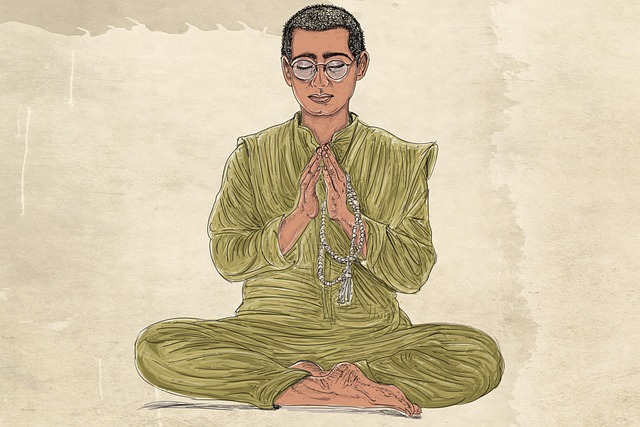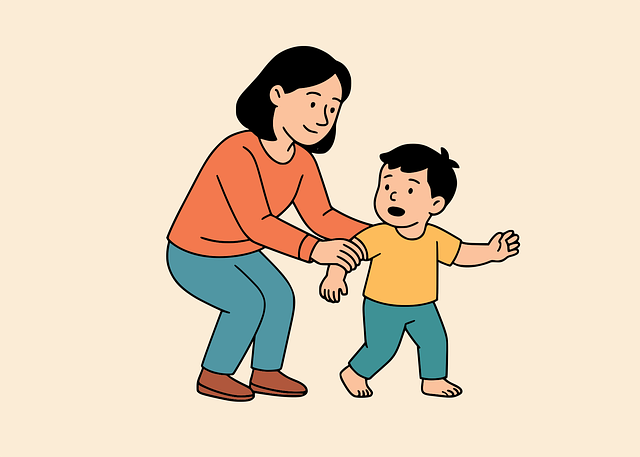Child welfare advocacy in Oregon is a dynamic field characterized by comprehensive strategies and collaboration. Organizations like the DHS and CWL lead policy development and implement tailored programs to protect vulnerable children. Grassroots initiatives from local non-profits and community leaders enhance support services, focusing on education, mental health, and trauma care. These efforts have led to improved policies, reduced abuse, better access to healthcare, and stronger family interventions. With continued support, Oregon's advocacy programs aim to leverage data, research, and technology for even more effective child welfare strategies.
“In Oregon, child welfare advocacy organizations play a pivotal role in ensuring the well-being and rights of children. This article delves into the intricate landscape of child welfare advocacy, highlighting key players and their impactful initiatives. We explore how these organizations navigate complex systems to provide support, defend rights, and drive positive change through various programs and strategies. By understanding their efforts, we can appreciate the profound impact they have on shaping a brighter future for Oregon’s youth.”
- Understanding Child Welfare Advocacy in Oregon: An Overview
- Key Organizations Leading the Charge for Child Welfare Rights
- Initiatives and Programs: Making a Difference in Kids' Lives
- The Impact and Future of Advocacy for Child Welfare in Oregon
Understanding Child Welfare Advocacy in Oregon: An Overview

Child welfare advocacy in Oregon is a complex yet vital landscape, where dedicated organizations and initiatives strive to protect and support vulnerable children and families. The state has recognized the importance of comprehensive child welfare strategies, leading to the establishment of various advocacy groups that work tirelessly to ensure every child’s well-being. These organizations play a crucial role in shaping policies, raising awareness, and providing essential support services.
Oregon’s child welfare advocacy programs focus on various aspects, including prevention, intervention, and long-term care. They collaborate with local communities, government bodies, and other non-profit groups to implement effective strategies. Through advocacy initiatives, they aim to reduce child abuse, neglect, and family instability while promoting healthy development and resilience among children. By offering support and resources, these organizations empower families and contribute to a safer and more nurturing environment for all Oregon children.
Key Organizations Leading the Charge for Child Welfare Rights

In Oregon, several key organizations are leading the charge for child welfare rights and driving advocacy initiatives. These groups play a pivotal role in shaping policies and strategies to ensure the well-being and safety of children across the state. Organizations like the Oregon Department of Human Services (DHS) and Child Welfare League of Oregon (CWL) are at the forefront, implementing robust programs and services tailored to meet the unique needs of vulnerable youth. Their advocacy efforts encompass a wide range of activities, from legislative lobbying to community outreach programs, all aimed at improving access to resources and support for children and families.
Additionally, grassroots initiatives led by local non-profits and community leaders have significantly contributed to the advocacy landscape in Oregon. These organizations focus on various aspects of child welfare, including education, mental health, and trauma support. By fostering partnerships with schools, healthcare providers, and social service agencies, they ensure a comprehensive approach to advocating for children’s rights. Through their collective efforts, these entities are driving positive change, enhancing existing strategies, and pushing for innovative solutions in the ever-evolving realm of child welfare advocacy in Oregon.
Initiatives and Programs: Making a Difference in Kids' Lives

Child welfare advocacy organizations in Oregon are renowned for their innovative initiatives and dedicated programs that significantly impact young lives. These groups play a pivotal role in addressing critical issues facing children and families across the state, offering support and resources to ensure every child’s well-being. Through various advocacy efforts, they work tirelessly to develop and implement effective strategies aimed at improving access to quality education, healthcare, and essential services.
The advocacy initiatives focus on empowering children and youth by providing mentorship programs, after-school activities, and safe spaces, fostering a sense of belonging and self-worth. They also collaborate with local communities, schools, and government agencies to create sustainable solutions. By advocating for policy changes, these organizations drive systemic improvements in child welfare practices, ultimately contributing to a brighter future for Oregon’s children.
The Impact and Future of Advocacy for Child Welfare in Oregon

The impact of child welfare advocacy in Oregon has been profound, driving significant improvements in policies and practices that directly benefit children and families. Organizations dedicated to this cause have successfully lobbied for stricter safety standards, better resource allocation, and enhanced support services. These efforts have led to reduced instances of abuse and neglect, improved access to education and healthcare, and stronger family-focused interventions. By advocating for evidence-based strategies and raising awareness about child welfare issues, these organizations play a crucial role in shaping Oregon’s approach to protecting and nurturing its young residents.
Looking ahead, the future of child welfare advocacy in Oregon appears promising yet challenging. With continued support from both communities and government bodies, advocacy initiatives can further refine and expand their reach. The increasing availability of data and research offers valuable insights into effective child welfare strategies, allowing advocates to make more informed decisions. By leveraging technology and collaborating across sectors, advocacy programs can enhance service delivery and ensure Oregon remains a leader in safeguarding its most vulnerable citizens.






